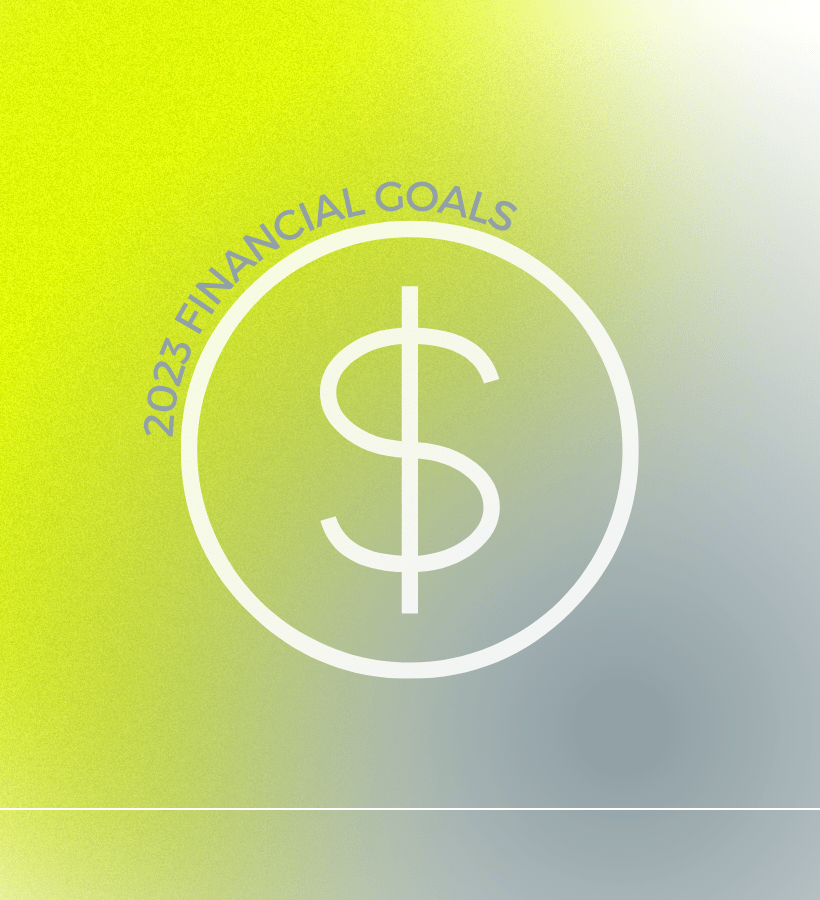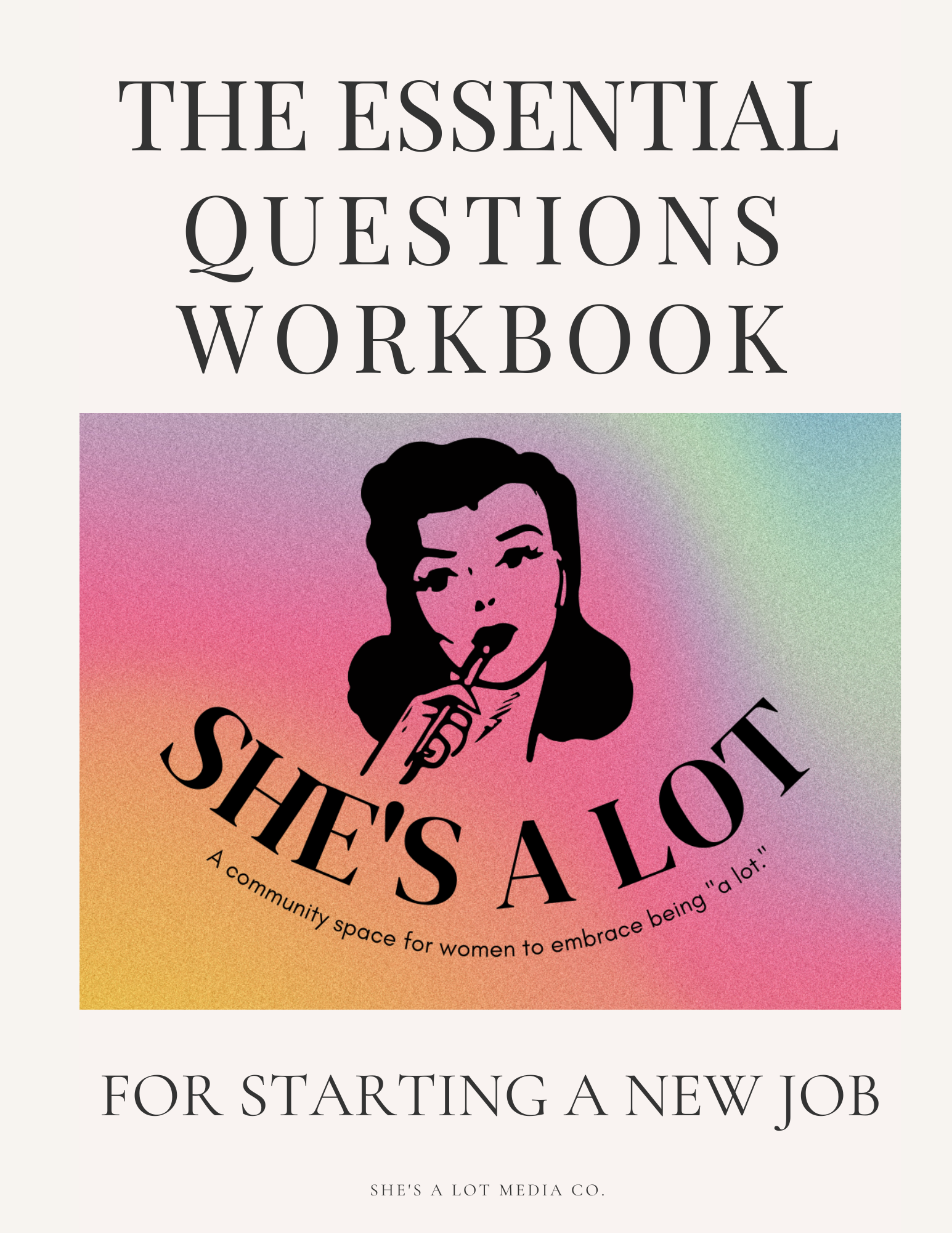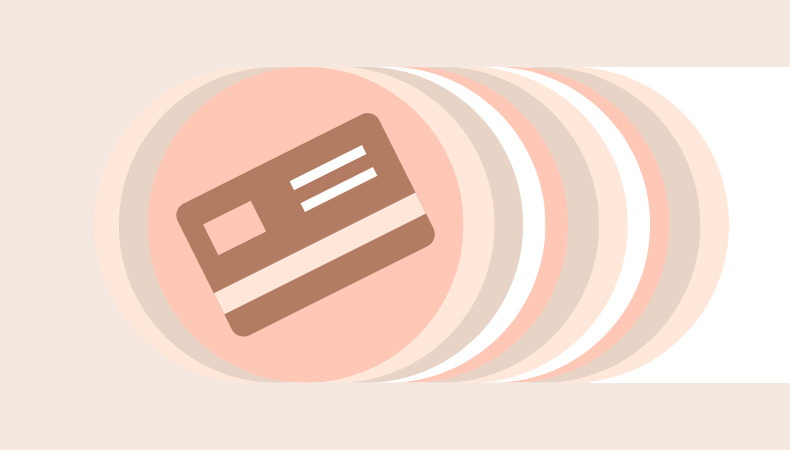
One of the most common American habits is setting resolutions for the New Year. As a society, we obsess over self-improvement to be more beautiful, more in shape, more put together, just more. However, while signing up for that new gym membership, we often neglect becoming more financially secure by setting financial resolutions for New Year’s.
Learning to be financially independent, intelligent, and responsible is crucial for women. Because of the gender pay gap and lower lifetime earnings on average, women need to be proactive in securing a lucrative financial future for themselves. Whether fresh out of high school and working part-time in college, in your first corporate job, or further in your career, it’s never too late to start thinking about your financial future.
Why Should You Set Financial Resolutions?
With inflation rising, many of us feel the strain on our wallets. While you could choose to get a second job or start a side hustle to increase your income, it would be more beneficial in the long run to increase your financial literacy and improve your savings by setting financial resolutions.
We all want better finances, but it can be hard to progress without a goal in mind. Setting financial resolutions or goals helps you make a plan and gives you a reason to stick to it.
How Do You Set Financial Resolutions for the New Year?
Much like you don’t need to wait for a new year to create new habits or set new personal goals, you also don’t need to wait for the new year to improve your finances. However, a new year is a great time to reset your thinking and get a fresh start. It also gives you a set period of time within which to achieve your goal. For example, if you set a savings goal, you have all year to reach it. This allows you to set loftier, but reasonable, goals.
To set financial resolutions, start with a broad goal. Do you have debt to pay off? Want to improve your financial knowledge and diversify your finances? Need to save for a house or wedding? Knowing your broader goal then allows you to hone in on the details. Depending on your goal it might be helpful to pick a lump sum, like saving $10,000, or set monthly mini-goals, like saving 25% of each paycheck. Narrowing your broader goal down to a specific number or criteria allows you to plan how you’ll do that.
If you’ve decided to save more this year and then set a specific goal to save $10,000 by the end of the year, you’ll need a plan. This might include limiting your eating out to increase how much money you can save. Or, setting up a direct deposit at the beginning of the month to a savings account so you can’t spend that money.
Everyone’s financial resolutions and plans for accomplishing them will look different depending on your income, current financial situation, and individual personality and preferences. Regardless, identifying a purpose, setting a specific goal, and then making a plan will help you achieve your financial goals in 2023.


9 Financial Resolutions to Set in 2023
1. Track monthly spending
If you aren’t already tracking your spending – it’s about time. Tracking monthly spending can be an excellent starter goal for someone just starting their financial journey. If you’ve never really paid attention to where your money goes, an app or a simple spreadsheet can enlighten you on where all your money is going.
Understanding how you’re spending your money every month can help you choose to spend your money more wisely. You can begin cutting back on areas where you’re overspending or start to focus on value-based spending. Value-based spending is a system for evaluating whether your spending decisions match your values and the lifestyle you want. For example, a larger grocery budget might make sense if you value eating healthy and love to cook meals. But, the Abercrombie shopping sprees might have to be capped at a specific dollar amount to allow for that larger grocery budget.
2. Set up a retirement account
A retirement account is a great way to start investing without much prior knowledge. While many employers offer a 401k account, you can set up your own Roth IRA account if a 401k is unavailable to you.
The two keys to making the most of a retirement account are regularly contributing and ensuring that your funds are being invested. If you have an employer-matched 401k account, log in to set up your investment preferences and contribution rate. Typically, you can contribute a set dollar amount from each paycheck or a percentage of each paycheck. After that, you can usually just set it and forget it unless you’re changing jobs or want to adjust your contribution or risk level. If you’re setting up your own Roth IRA retirement account, you’ll set up your investments and contributions when you open your account.
3. Learn about the stock market
Maybe you already have a retirement account set up and want to learn more about investing on your own, or you’re just apprehensive about investing post-tax dollars. Setting a goal to learn more about the stock market can be a fantastic starting point if you’re not ready to invest yet.
Ideally, you’ll gain enough knowledge to start investing before the year is up, but that doesn’t have to be your initial goal. Get started improving your financial literacy with these resources:
- Girls Who Invest by Simran Kaur
- The Intelligent Investor by Benjamin Graham
- NerdWallet’s Investing Guides
- Invest in a female-focused online investing course by Her First 100k
4. Begin investing
Already have some knowledge and feel ready to take the leap? Make your 2023 financial resolution to start investing. You can keep it that broad or set a more specific goal of a certain amount to invest monthly or by the end of the year.
If you’ve done your research, you can get started by opening a brokerage account and choosing your stocks, index funds, and more to invest in. Or, if you prefer a hands-off approach, you could try a Robo-investor. Now, these apps and programs will automatically invest your funds depending on your risk tolerance and financial goals. Three options to consider are:
- SoFi: This Robo-investor is fee-free and has no account minimum.
- Acorns: Another Robo-investor that allows you to invest spare change and has no account minimum but comes with a $3 monthly fee.
- Ellevest: A Robo-investor designed for women that considers the unique financial factors that impact women.
5. Save 20% of your monthly income
Is your rainy day fund a little sparse? It’s always a good idea to have some money set aside for emergencies and other savings goals you might have. If you’re not monitoring how much you save every month, 2023 is a great time to set a savings goal.
Following the 50/30/20 budgeting rule, you should save 20% of your income. Whether you’re saving for emergencies or have a specific savings goal, putting your money in a high-yield savings account can help you make the most of your savings. While still not as lucrative as investing in the long run, this type of savings account gives you a higher annual interest rate than your standard savings account to increase your savings with no extra effort. Set up a direct deposit to ensure you save 20% every month. This way, your money goes directly into your new savings account at the beginning of the month.
6. Lower your spending
Do you sometimes cringe when you check your bank statement and see how much you spent last month without realizing it? If that panicky feeling at the end of the month is familiar, it might be time to spend less.
The first step to lowering your spending is understanding your spending. If you’re already tracking your spending (or planning to start in 2023), that’s a great start. Once you know what percentage of your income gets spent and on what, you can set limits for yourself. Sometimes, decreasing your spending in just one category might be effective, like online shopping or eating out. A few ways to decrease your spending include:
- Unsubscribe from online store promotional emails
- Make a meal plan with recipes and a grocery list
- Give yourself a 2-week waiting period on any item you want to buy
7. Try a no-spend month
Perhaps you don’t need to limit all of your spending but would still like to reset your spending habits. One of the best ways to gain clarity on how much you’re spending is to do a no-spend month.
Often, we get stuck in a cycle of over-consuming and over-spending. A no-spend month works to break the cycle. The rules are simple: no spending on any non-essentials. Your definition of non-essential can be whatever you like. Alternatively, you could do different types of no-spend months throughout the year. For example, in January, no spending on shopping for clothes. During February, you could try not spending on eating out.
8. Pay down your debt
The key word here is “pay down” not “pay off.” Depending on your debt, it may not be feasible to pay it all off in 2023. Instead, you can make a game plan to take a chunk out of your existing debt.
This can mean setting a goal to pay off a certain dollar amount. You could also choose a percentage or dollar amount of each paycheck that will automatically go toward your debt. However you choose to go about it, decreasing or eliminating your debt will have major payoffs for your financial freedom.
9. Get your first credit card
The reality of modern American life is that you can’t get very far without credit. If you’re lucky, thanks to your parents, you already have some credit. If not, you’ll have to start from scratch as an adult. Fortunately, just opening a credit card can get you started earning credit.
A common misconception is that you shouldn’t use your credit card for purchases you have the money for in your bank account. However, especially if you get a card with a good rewards system, using your credit card for all purchases can be a smart move. The catch is that you must always pay it off on time to maintain good credit. Opening a credit card with cash back, travel perks, or other benefits for spending money can be very advantageous. Make sure you research and pick the best card for you!






